What Does a Superconducting Quantum Computer Look Like?
A complete superconducting quantum computer must include a helium-3 ultra-low temperature vacuum environment, a cooling system, and numerous RF signal control and readout instruments. Hence, current superconducting quantum computers are extremely large. Additionally, each qubit requires at least four lines:
- Frequency control *1: The flux line for tuning magnetic flux.
- State control *1: The drive line.
- State readout *2: One input and one output readout line.
▲ Quantum computation requires operating numerous qubits simultaneously, along with additional qubits for error correction. The image above shows a 17-qubit experimental quantum chip arranged in a type of quantum error correction layout called surface code. Pink and red denote data qubits, while light blue and green indicate check qubits. Each qubit connects to seven lines (nicknamed Starmon), including four coupling lines, one flux line, one drive line, and one readout resonator. The readout resonators are integrated into three feedlines. Although current technology allows multiple qubits to share a readout line via frequency isolation, we still need to consider resonators for inter-qubit interaction. A prototype 100-qubit quantum computer requires around 400 external lines, making superconducting quantum computers densely wired.
https://arxiv.org/pdf/1612.08208
Resonators or couplers for inter-qubit interactions can be tunable, enabling adjustment of coupling strength between qubits. However, this also increases the complexity of the control circuit.
arxiv: 2408.12433
Ref: IBM
Ref: Google
Ref: IQCC and Quantum Machines
▲ IQM illustrates detailed designs of the quantum computer's cryogenic chamber.
Ref: IQM
Originally written in Chinese by the author, these articles are translated into English to invite cross-language resonance.
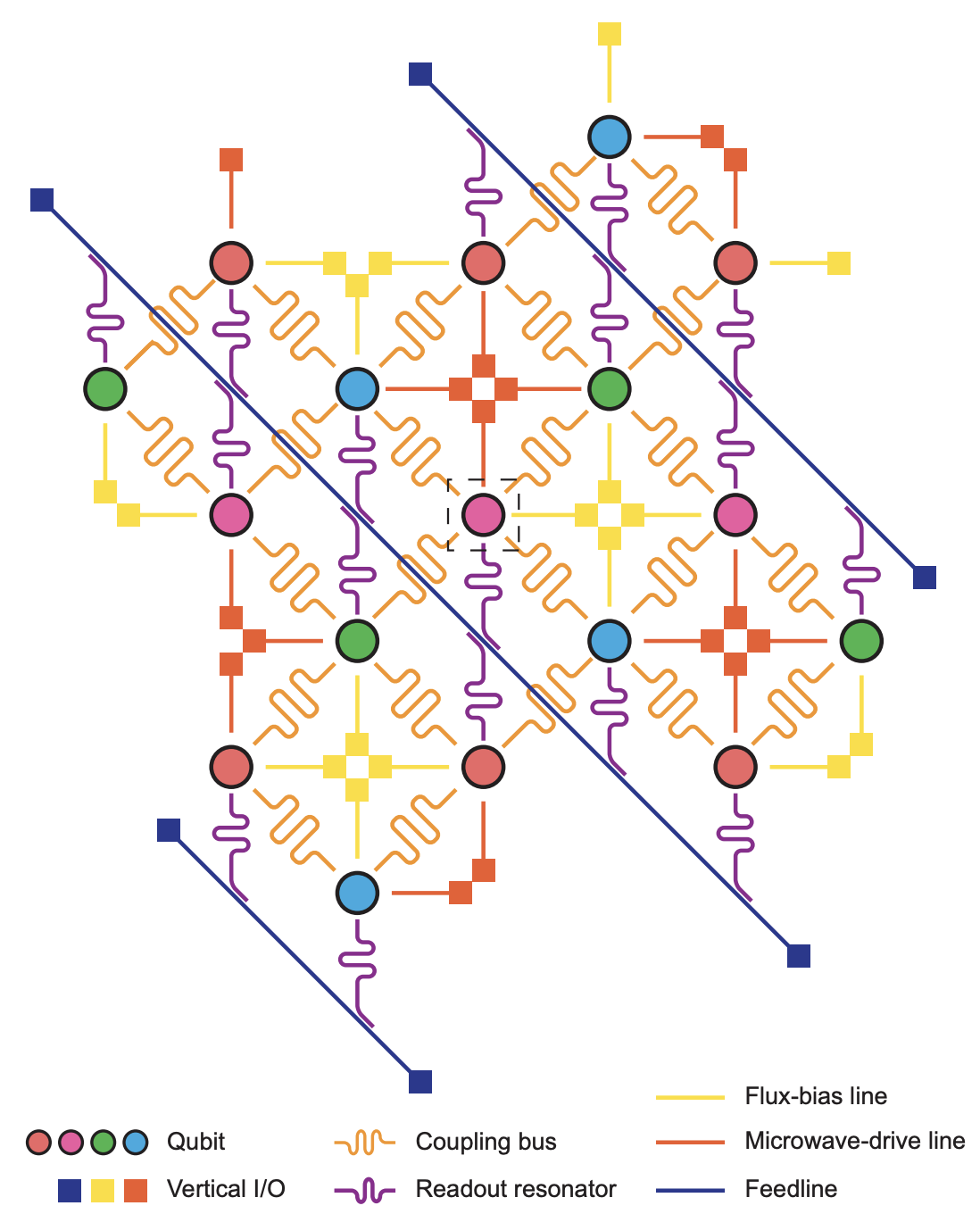
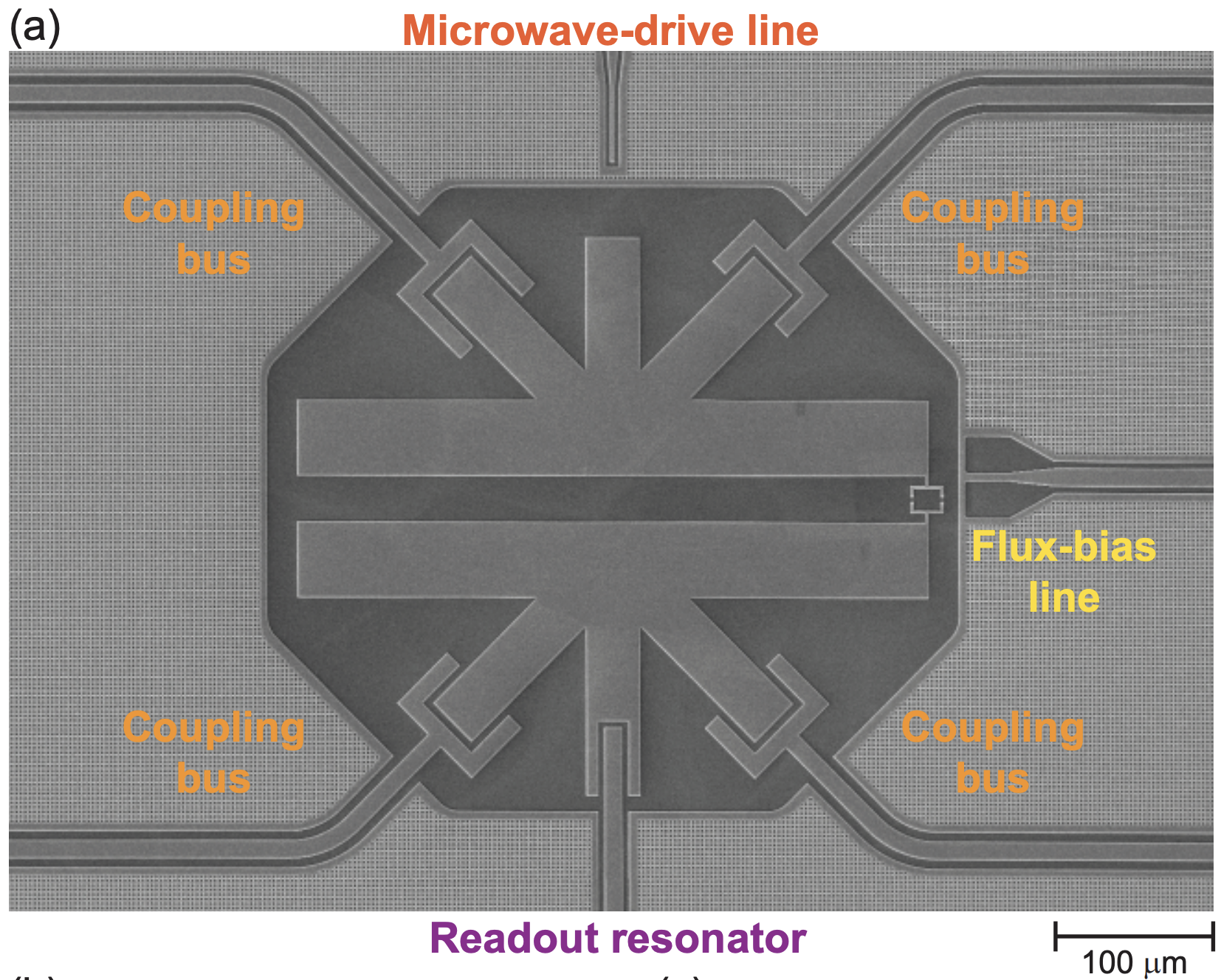
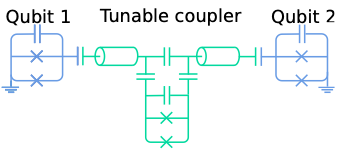

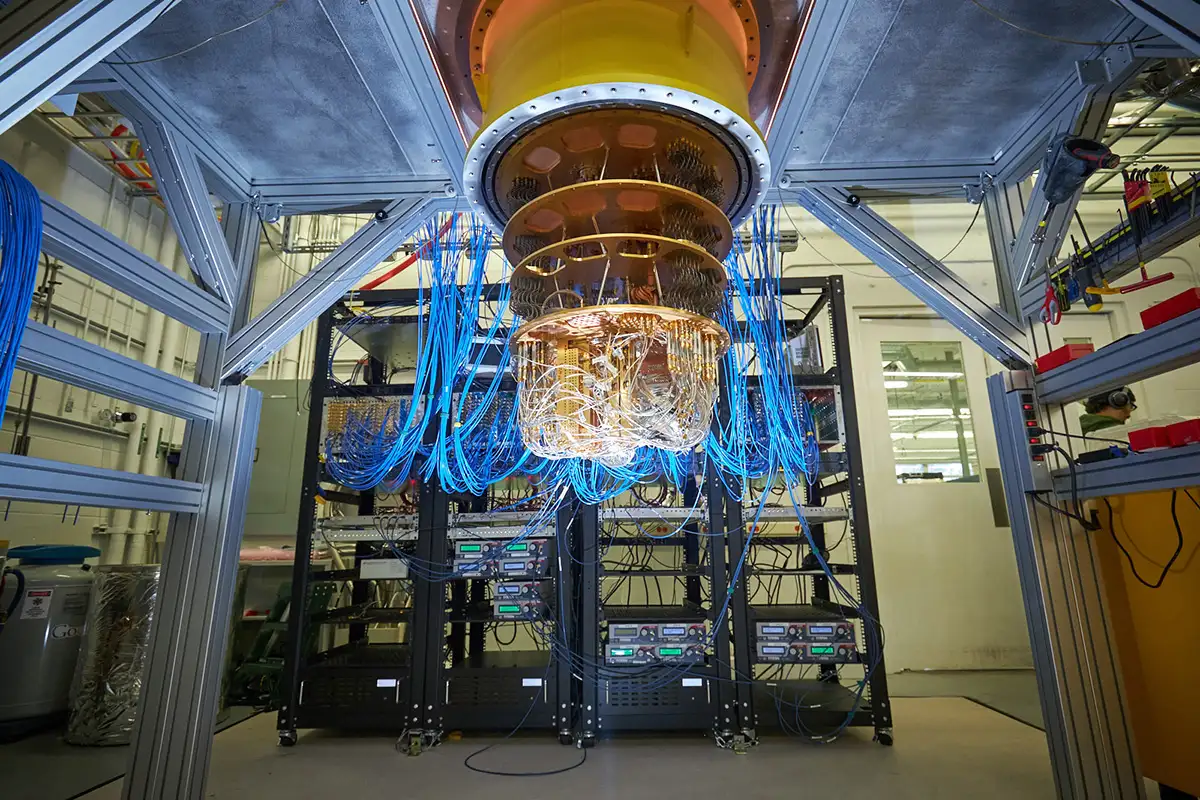

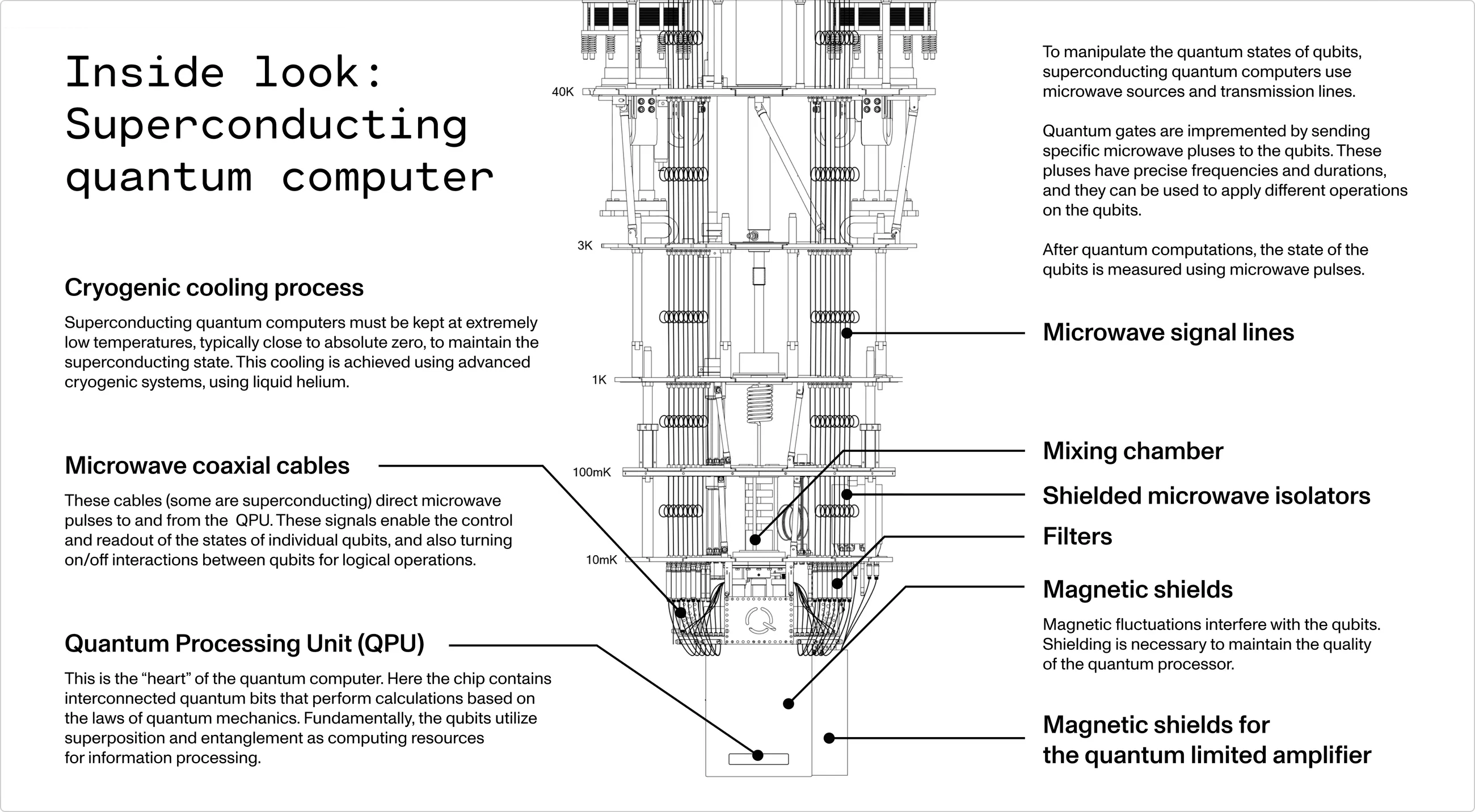
 Peir-Ru Wang
Peir-Ru Wang